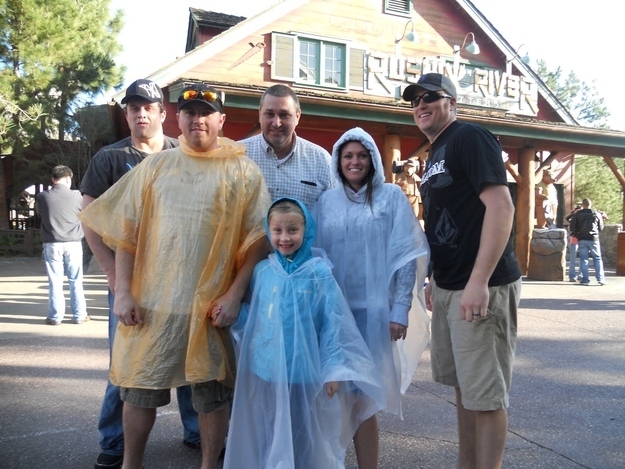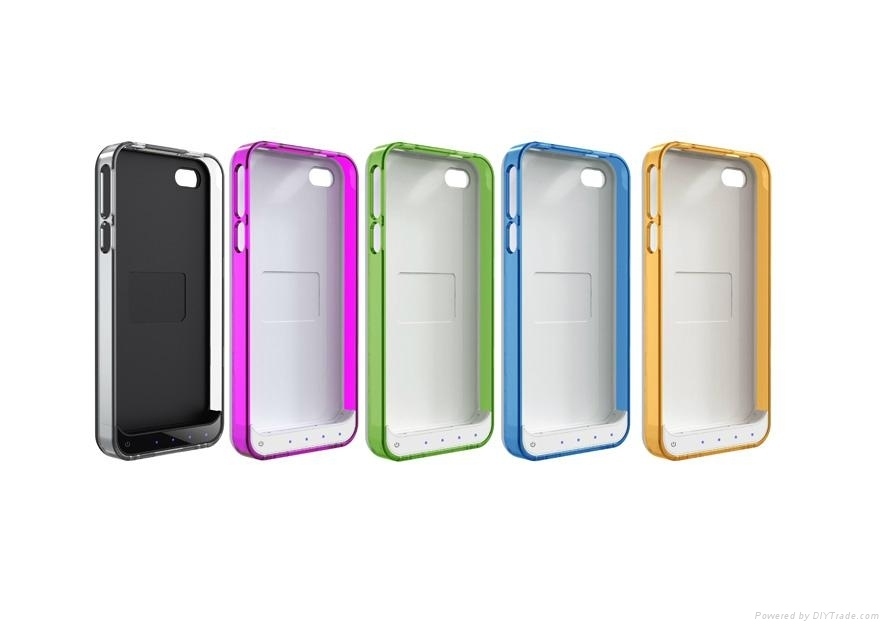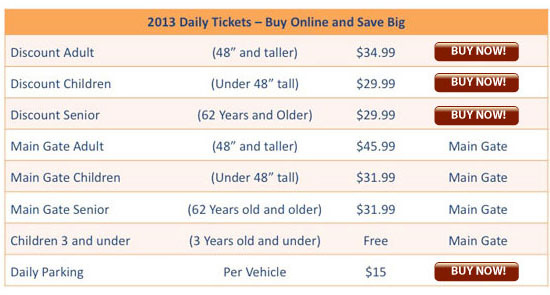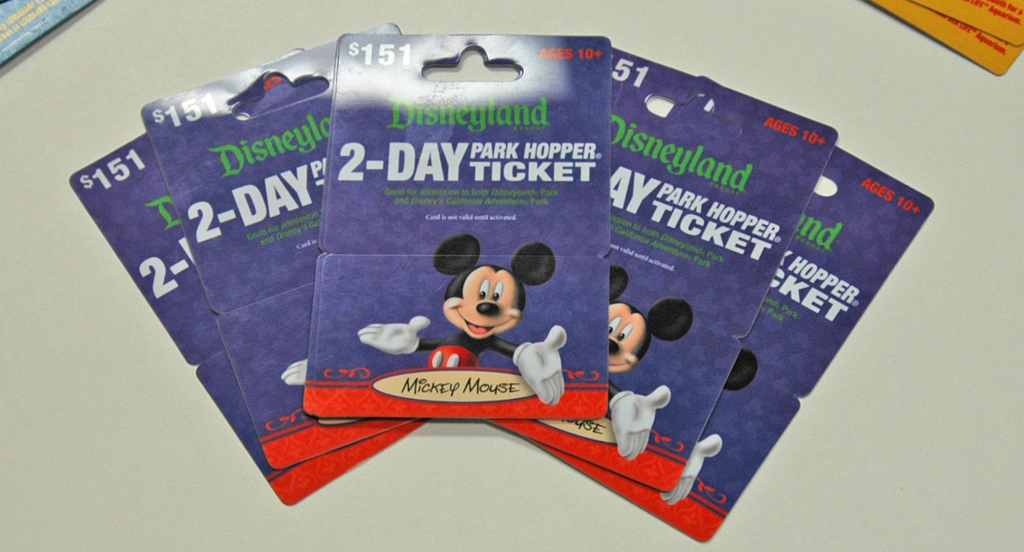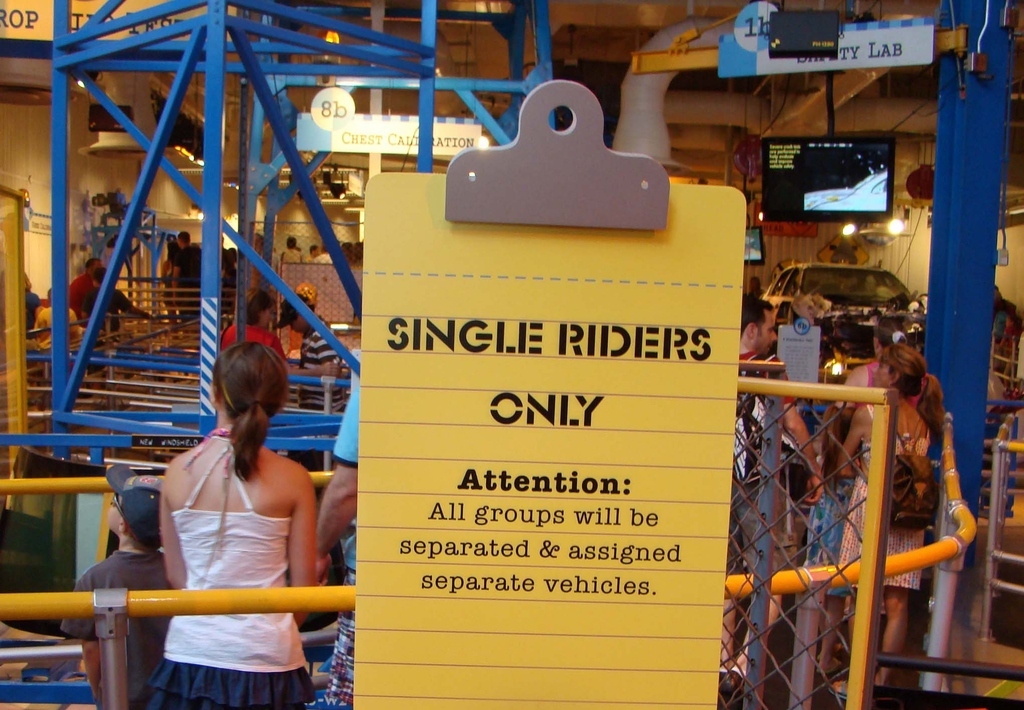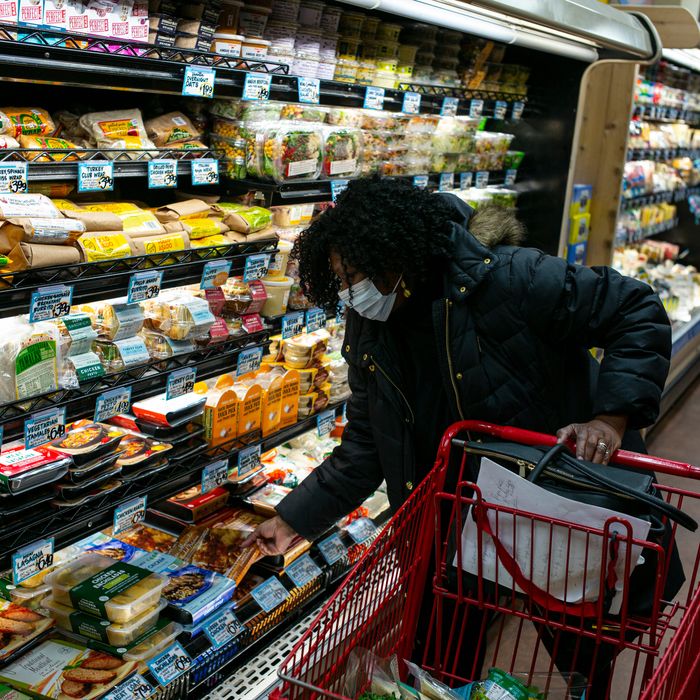
Grocery shopping is a necessity, but winding through aisles with a loaded cart and dodging other shoppers within a six-foot radius can feel like a dystopic version of Super Mario. It’s easy to go through an entire bottle of hand sanitizer in one trip, re-upping every time you touch a canned good, the handle of the freezer case, or the credit-card machine.
But grocery shopping, for most, can also offer a welcome opportunity to leave the apartment. And — as we’ve learned by watching dozens of friends try their hand at baking bread — cooking is an excellent way to pass the time and quiet at least a fraction of our anxieties.
So how do we complete Super Mario: Key Foods without growing too anxious, or getting sick? Grub Street spoke to doctors and epidemiologists to make a safety game plan for your next trip to the store. Here’s what you need to know.
The most vehement piece of advice we heard from every professional was this: If you’re sick or symptomatic, do not go to the grocery store. And if you’re over 60 or at high risk — maybe you have an underlying heart or lung condition, or are immunocompromised — you should also stay home if you can.
For the rest of us, it’s also important to understand what the risks of grocery shopping are. “There’s no evidence that COVID-19 is transmitted by objects like cans of food or reusable bags,” says Dr. Timothy Brewer, an epidemiologist at UCLA. Treating a can of whole peeled tomatoes like a deadly contagion is not the most effective strategy for safe shopping.
“The greatest risk of transmission is person-to-person,” says Dr. Lorna Thorpe, an epidemiologist at NYU. “There is a risk of transmission via objects, but that’s more likely to occur in health-care settings than in grocery stores.” The most important step you can take while grocery shopping is a step away from your fellow shoppers. And remember, as always, to cover your mouth with your elbow if you cough or sneeze.
As panicked as you may feel, panic shopping is not the solution. Plan your trips out in advance — both what you’re going to buy and when you’re going to go.
“Have a plan, make a list, have a good idea of what you need, and don’t spend more time than you have to,” advises Dr. Jeffrey VanWingen, a family physician in Grand Rapids, Michigan, whose
YouTube PSA about food safety went viral last week. VanWingen recommends buying one to two weeks’ worth of groceries at a time, depending on what you can fit in your kitchen. It’s also smart to pick up some Tylenol, cough syrup, and any other medicine you may need if you do end up getting sick.
And consider taking it easy at the fish market, the heritage butcher shop, and the cheese shop. “Visit fewer shops,” Thorpe urges. “During more normal times, I adore my ability to walk to four or five different stores, but right now that’s not the type of shopping I would recommend.” Being flexible with your ingredients, she says, is helpful here — maybe you can use the run-of-the-mill oregano instead of searching the city for a particular Italian strain.
Whenever possible, avoid busy times at the grocery store — and consider calling ahead to ask about what those times are. “I wouldn’t even come here in the afternoon,” said a woman at the Super Foodtown on Fulton Street in Bed-Stuy, Brooklyn. (She asked not to be named.) Your best bet, she told me, is going early in the morning, around 7 a.m.
As to whether a big fancy chain like Trader Joe’s or Whole Foods is better than your local spot, remember that the safest grocery store is often the quietest grocery store, and your local grocery is less likely to have a line of a dozen people waiting outside. If you’re looking to ease your worries about safety protocols or trying to game the restocking schedule, remember you can also call ahead to ask about that, too.
Moving through the store as quickly as possible is important, but so is avoiding touching a bunch of products you’re not going to take home. “If you’re going to touch a product,” VanWingen says, “commit to buying it.”
The question of whether to wear gloves while shopping is contentious, even among health-care professionals. Thorpe recommends wearing them if you have them, but Brewer says there’s not much use: “You can transfer a viral infection with gloves just like you could with your hands.” Just wash your hands thoroughly before you go out and once you get home, and bring some hand sanitizer with you for good measure. And again, whatever you do, do not touch your face while you’re out.
“The most concerning items are the high-touch items like handles on shopping carts,” VanWingen says. He suggests wiping them down with hand sanitizer or sanitizing wipes. And be aware of other high-touch areas, like the handles on freezer and refrigerator cases. Consider sanitizing your hands after touching them, to be safe.
The more you fall into a sanitation spiral, the more things you’ll see as potential contaminants: Are the clothes I wore to the store safe to wear inside the house? Do I need to wash my reusable totes after every use? Should I give up on environmentalism and just take the reusable bags at the grocery store?
On this topic, answers vary. “I would be still inclined to use my reusable nylon shopping bag and to wash it,” says Thorpe. VanWingen also recommends washing reusable bags, or taking the L and using plastic. But reusable bags pose a pretty low risk compared to, say, a shopping cart. “I think washing your bag once in a while is reasonable, just because they get dirty,” says Brewer, but he doesn’t think they are likely to carry contaminants or pick them up from grocery items.
“Definitely use a credit card if you can,” says VanWingen, who has gone so far as to sanitize his credit card upon returning home from food shopping.
But again, this is low on the list of things to be concerned about — and of course, many shoppers have to use cash by necessity. “I wouldn’t be too concerned about the difference,” says Thorpe. “If you had to ask my judgment on transmissibility risk, I’d say a credit card is lower, but we’re talking about a scale of differential risk that’s small.”
VanWingen’s video on how to sanitize your groceries (and even your takeout) upon returning home from the store has racked up over 13 million views, which should tell you something about shoppers’ levels of concern about virus-carrying cereal, and a lack of direction from the government and the CDC regarding the specifics of grocery shopping.
Here are the facts: The National Institute of Health has found that the novel coronavirus can live on hard surfaces (like plastics and metal) for up to three days, and on cardboard up to one day. So sanitizing them once they enter your kitchen can be a useful step in keeping yourself and your family healthy. (Though also remember what Brewer said: “There’s no evidence that COVID-19 is transmitted by objects like cans of food or reusable bags.”)
Consider wiping down cans, cardboard, and hard plastics with sanitizing wipes before putting them away; Dr. VanWingen recommends setting up a station on your counter with a designated area for unsanitized items and bags, and a “clean” area for things that have been sanitized. He recommends washing thick-skinned produce, or anything you’ll eat the peel of, in soapy water, though Thorpe and Brewer say a thorough rinse in water should be enough.
A bigger priority should be keeping your work surfaces clean. “The more important thing is regularly cleaning countertops and surfaces,” says Brewer. The same goes for your sink, faucet, and other high-touch areas in your kitchen.
If you get groceries delivered, follow the same sanitizing protocol you’d follow if you’d bought them in person. Ask the delivery worker to drop the groceries outside of your door, and stay six feet apart to protect both of you. “There’s no need to have close contact with those who are delivering,” says Thorpe. “But just follow the simple practices of fewer exposures [to others], washing your hands, and thanking and being really grateful to those workers who are supporting us.”
Grocery store staff and delivery workers are at the front lines of this epidemic, and many of them are not yet receiving hazard pay. Be kind, say thank you, and consider tipping if it feels appropriate.





